Your Daily Dose of Astonishment
By Diane K. Fisher
As a person vitally interested in astronomy, you probably have the Astronomy Picture of the Day website at apod.nasa.gov set as favorite link. APOD has been around since practically the beginning of the web. The first APOD appeared unannounced on June 16, 1995. It got 15 hits. The next picture appeared June 20, 1995, and the site has not taken a day off since. Now daily traffic is more like one million hits.
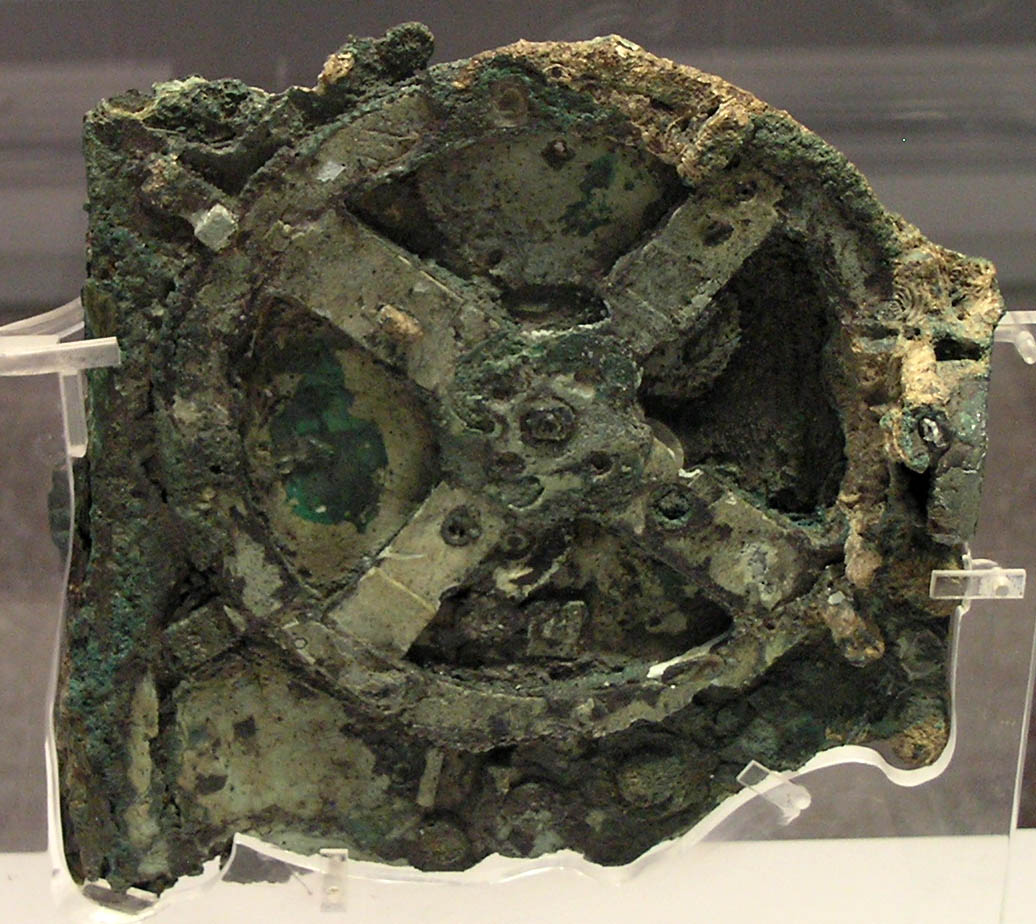 Obviously, someone is responsible for picking, posting, and writing the detailed descriptions for these images. Is it a whole team of people? No. Surprisingly, it is only two men, the same ones who started it and have been doing it ever since.
Obviously, someone is responsible for picking, posting, and writing the detailed descriptions for these images. Is it a whole team of people? No. Surprisingly, it is only two men, the same ones who started it and have been doing it ever since.
Robert Nemiroff and Jerry Bonnell shared an office at NASA’s Goddard Space Flight Center in the early-90s, when the term “World Wide Web” was unknown, but a software program called Mosaic could connect to and display specially coded content on other computers. The office mates thought “we should do something with this.”
Thus was conceived the Astronomy Picture of the Day. Now, in addition to the wildly popular English version, over 25 mirror websites in other languages are maintained independently by volunteers. (See http://apod.nasa.gov/apod/lib/about_apod.html for links). An archive of every APOD ever published is at http://apod.nasa.gov/apod/archivepix.html. Dr. Nemiroff also maintains a discussion website at http://asterisk.apod.com/.
But how does it get done? Do these guys even have day jobs?
Dr. Nemiroff has since moved to Michigan Technological University in Houghton, Michigan, where he is professor of astrophysics, both teaching and doing research. Dr. Bonnell is still with NASA, an astrophysicist with the Compton Gamma Ray Observatory Science Support Center at Goddard. APOD is only a very small part of their responsibilities. They do not collaborate, but rather divide up the calendar, and each picks the image, writes the description, and includes the links for the days on his own list. The files are queued up for posting by a “robot” each day.
They use the same tools they used at the beginning: Raw HTML code written using the vi text editor in Linux. This simple format has now become such a part of the brand that they would upset all the people and websites and mobile apps that link to their feed if they were to change anything at this point.
Where do they find the images? Candidates are volunteered from large and small observatories, space telescopes (like the Hubble and Spitzer), and independent astronomers and astro-photographers. The good doctors receive ten images for every one they publish on APOD. But, as Dr. Nemiroff emphasizes, being picked or not picked is no reflection on the value of the image. Some of the selections are picked for their quirkiness. Some are videos instead of images. Some have nothing to do with astronomy at all, like the astonishing August 21, 2012, video of a replicating DNA molecule.
Among the many mobile apps taking advantage of the APOD feed is Space Place Prime, a NASA magazine that updates daily with the best of NASA. It’s available free (in iOS only at this time) at the Apple Store.
This article was provided by the Jet Propulsion Laboratory, California Institute of Technology,
Space Place Partners Article March 2013 under a contract with the National Aeronautics and Space Administration.
Photo Caption:
The January 20, 2013, Astronomy Picture of the Day is one that might fall into the “quirky” category. The object was found at the bottom of the sea aboard a Greek ship that sank in 80 BCE. It is an Antikythera mechanism, a mechanical computer of an accuracy thought impossible for that era. Its wheels and gears create a portable orrery of the sky that predicts star and planet locations as well as lunar and solar eclipses.


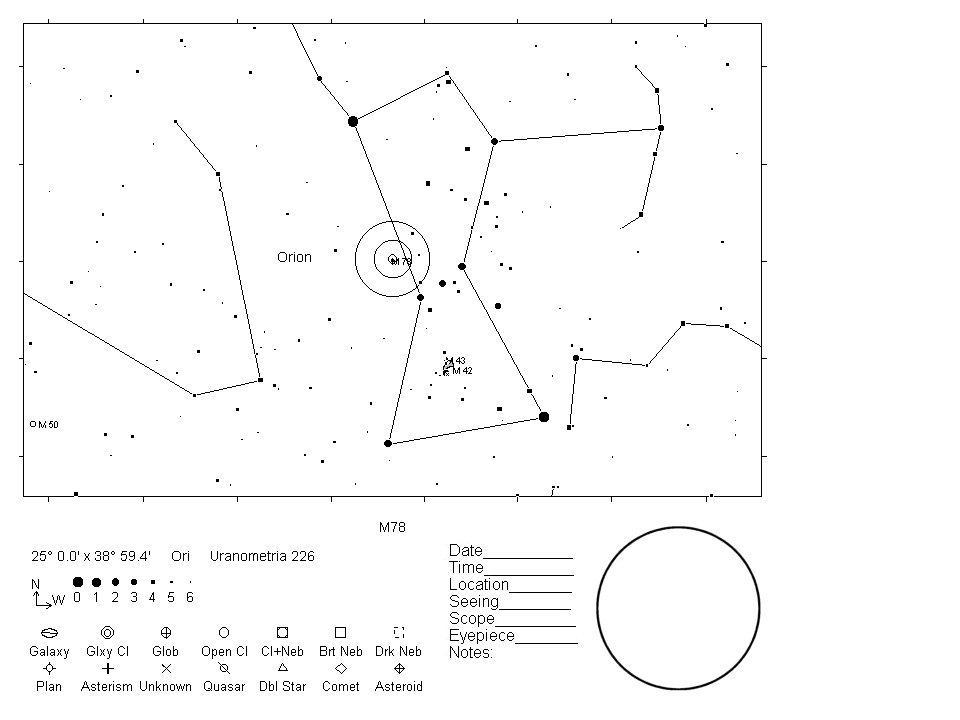
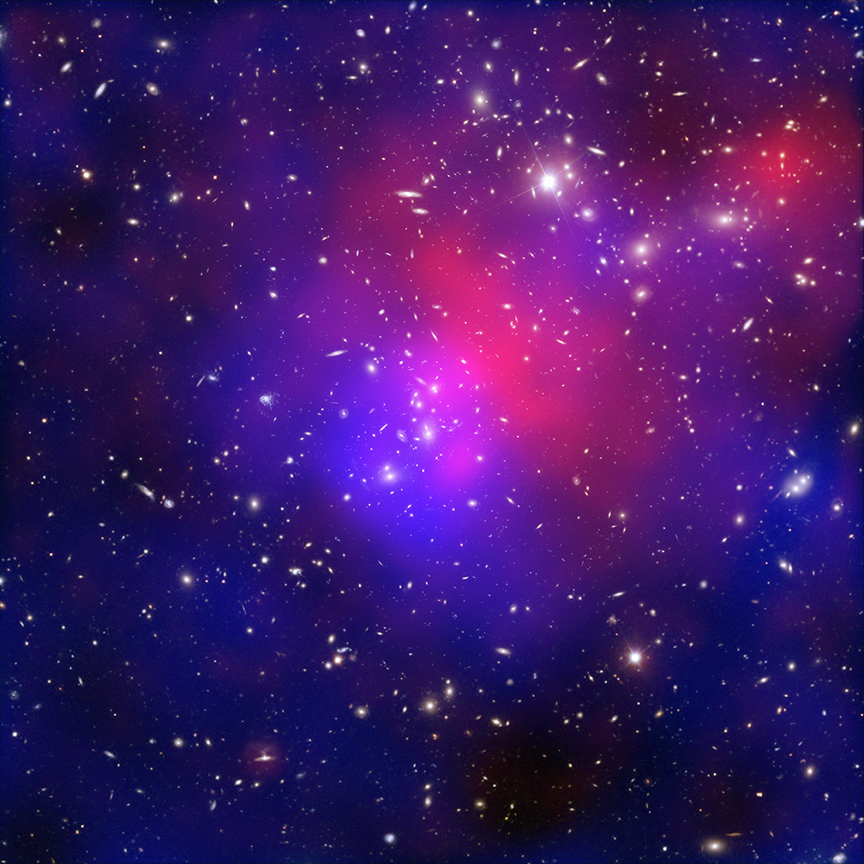
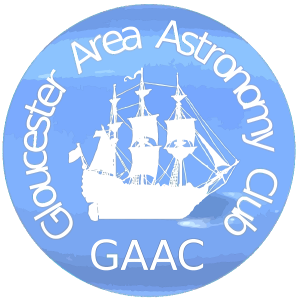 We'll feature presentations on the rewards of the hobby, what the different types of telescopes are, how they work, how to buy one, how much to spend, what to look at, you name it. Everything you need to know to get started, or to up your game. Bring your questions! The public is warmly invited; as always, there are no dues or fees, and presentations are geared toward the general public.
We'll feature presentations on the rewards of the hobby, what the different types of telescopes are, how they work, how to buy one, how much to spend, what to look at, you name it. Everything you need to know to get started, or to up your game. Bring your questions! The public is warmly invited; as always, there are no dues or fees, and presentations are geared toward the general public.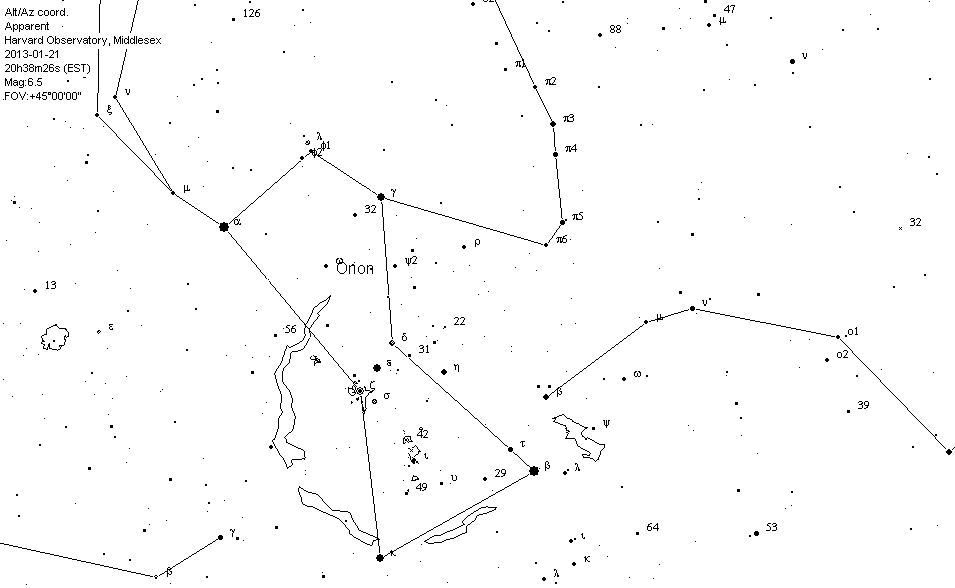

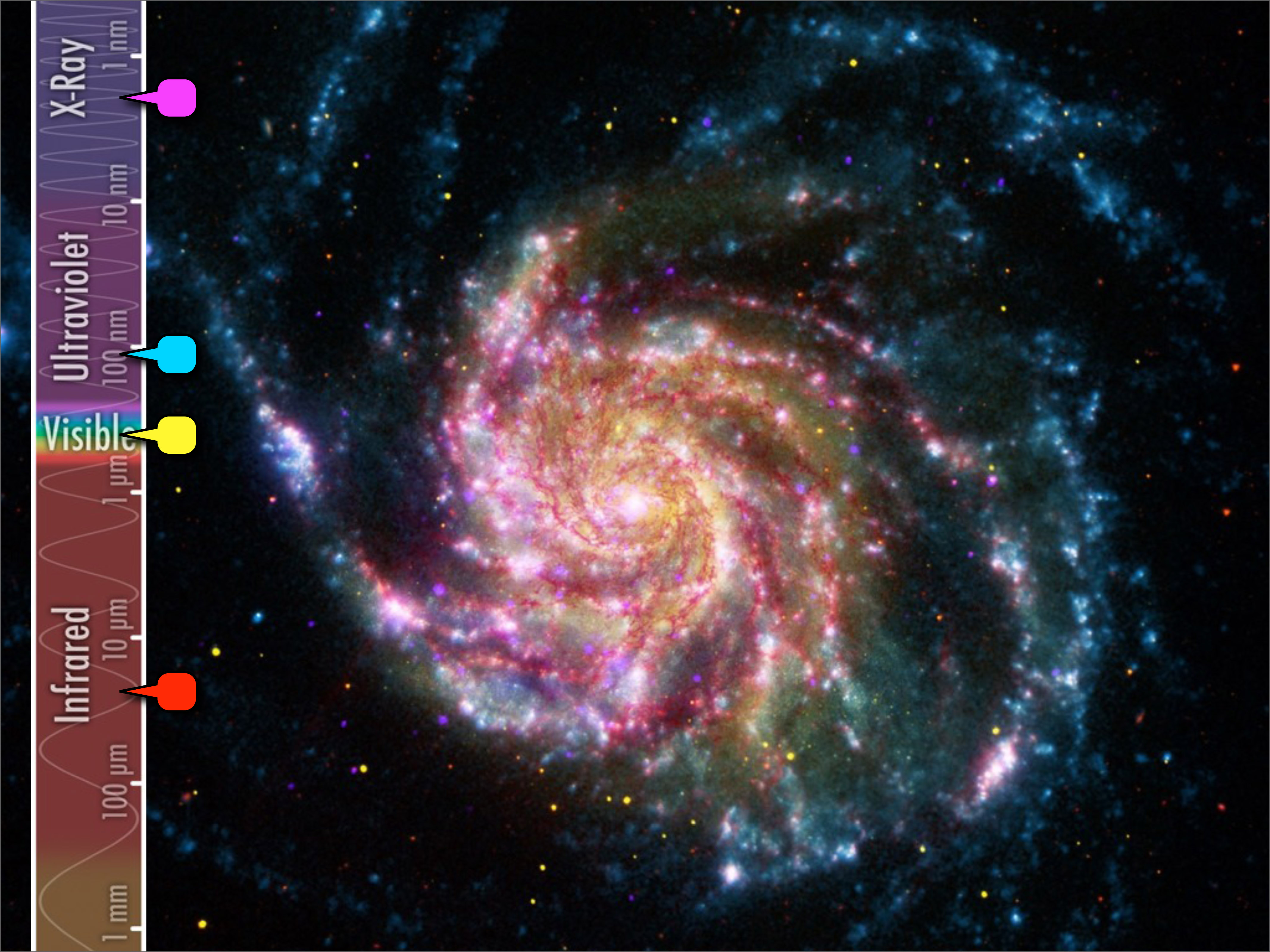
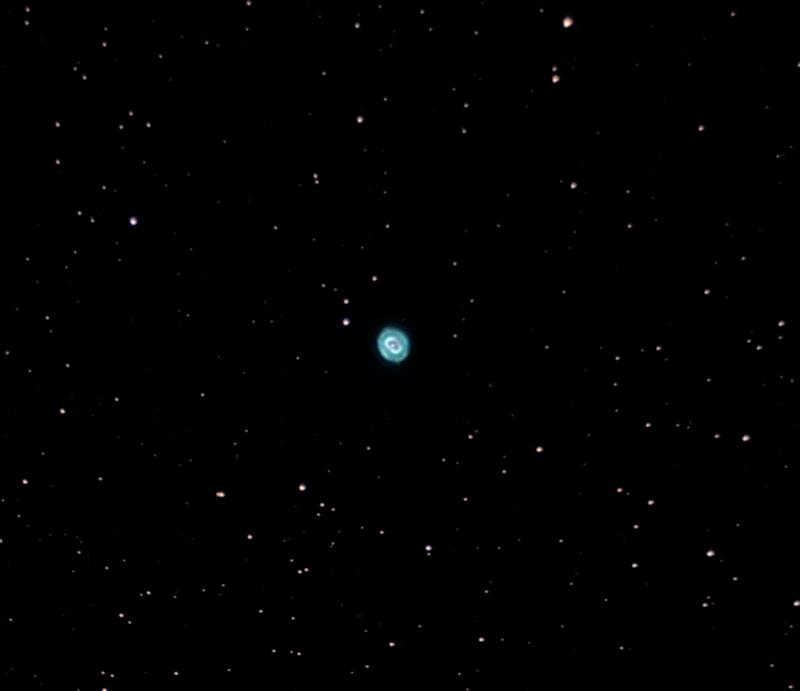
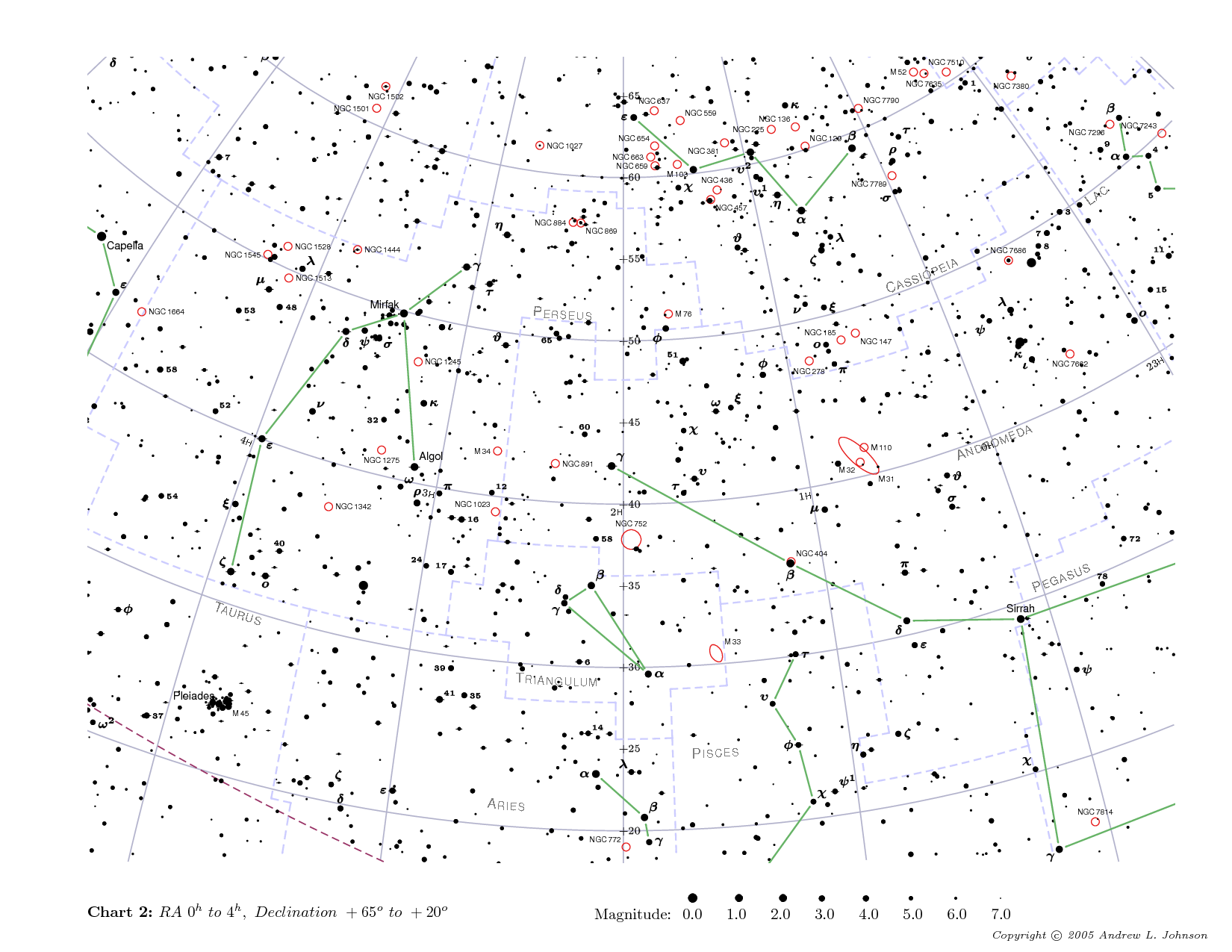
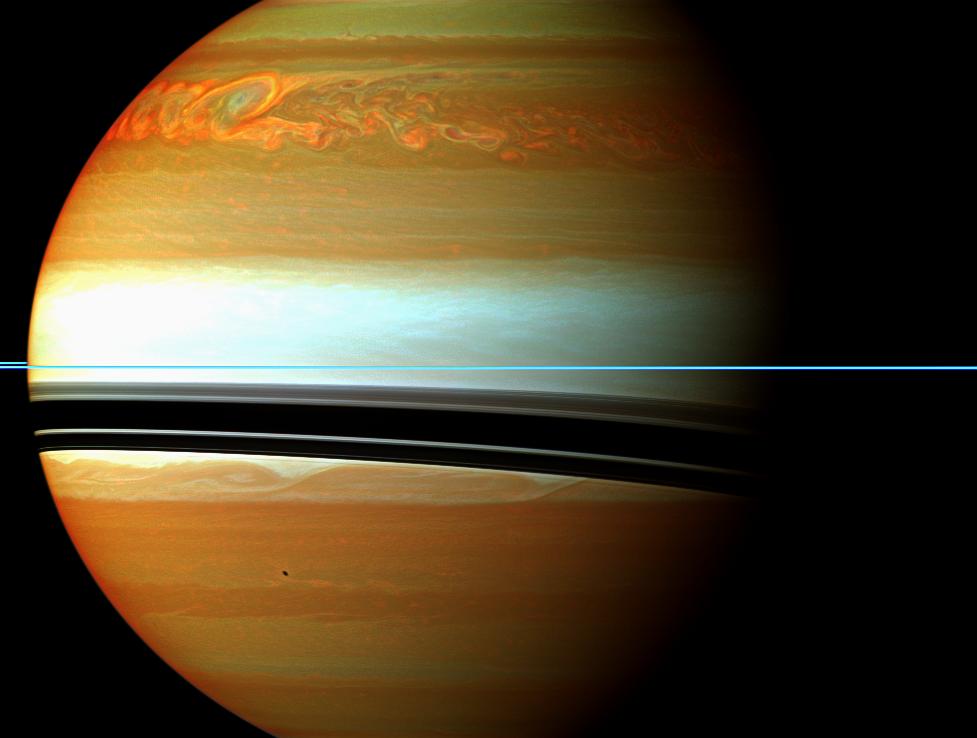 First, a giant bubble of very warm material broke through the clouds in the region of the now-abated storm, suddenly raising the temperature of Saturn’s stratosphere over 150 °F. Accompanying this enormous “burp” was a sudden increase in ethylene gas. It took Cassini’s Composite Infrared Spectrometer instrument to detect it.
First, a giant bubble of very warm material broke through the clouds in the region of the now-abated storm, suddenly raising the temperature of Saturn’s stratosphere over 150 °F. Accompanying this enormous “burp” was a sudden increase in ethylene gas. It took Cassini’s Composite Infrared Spectrometer instrument to detect it.